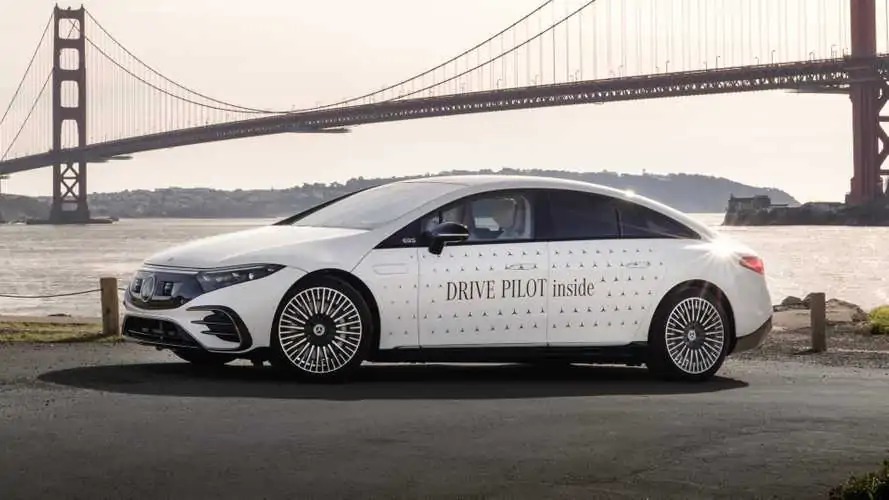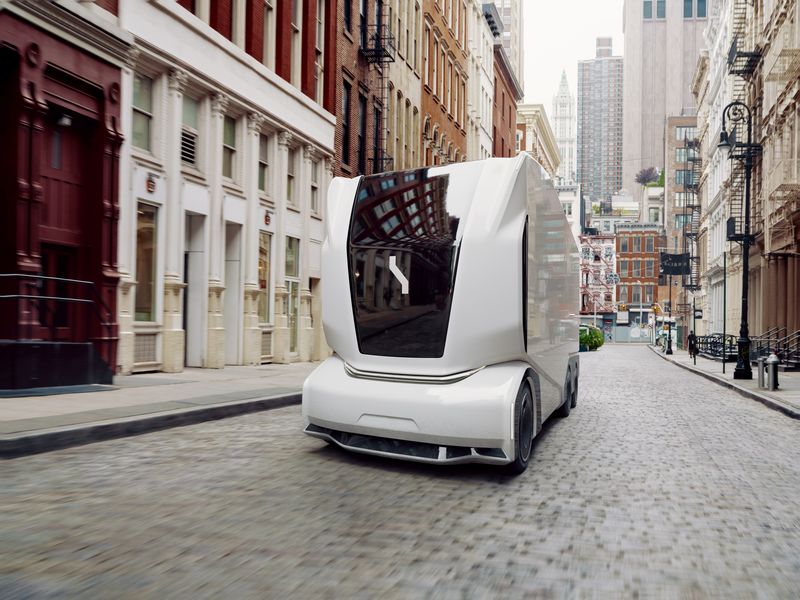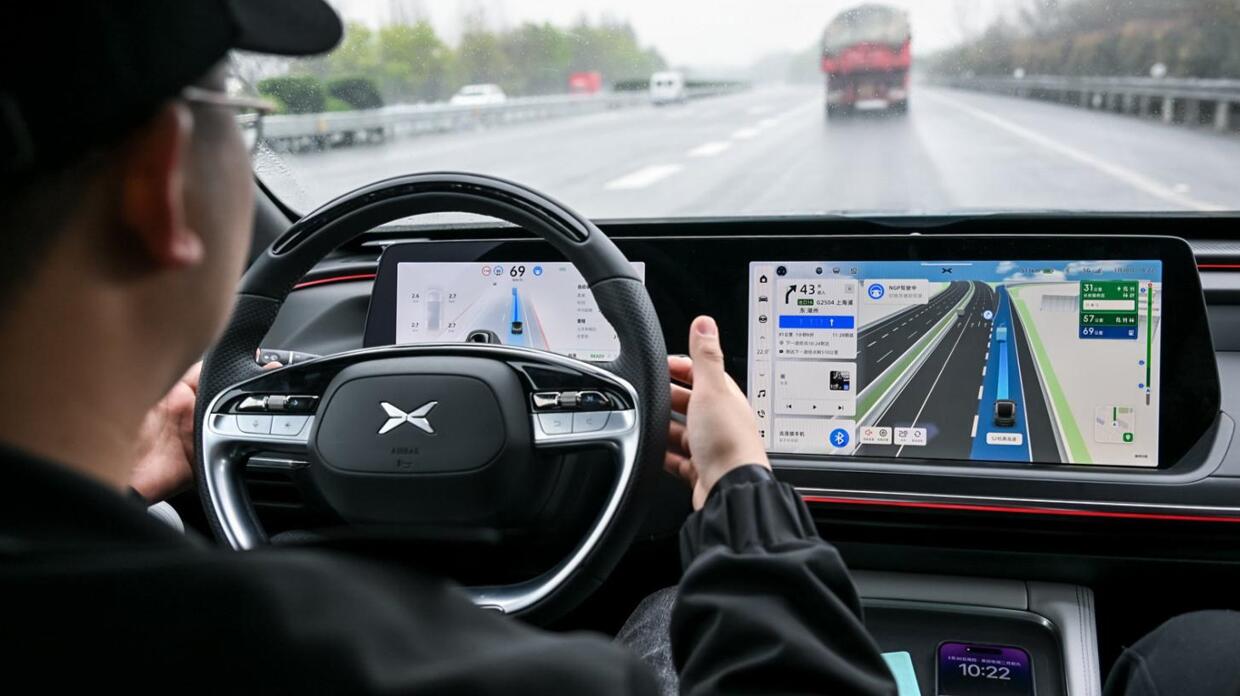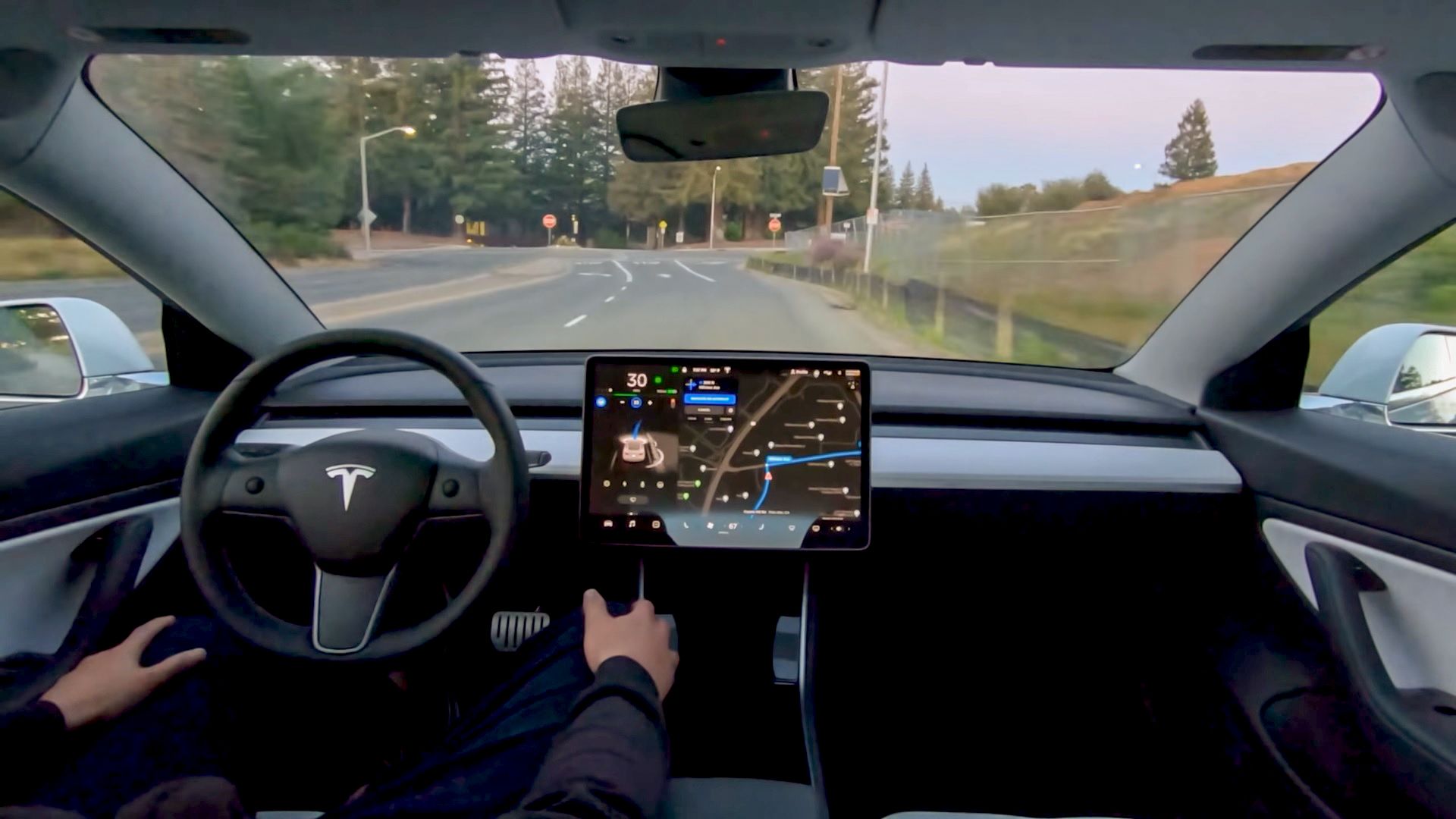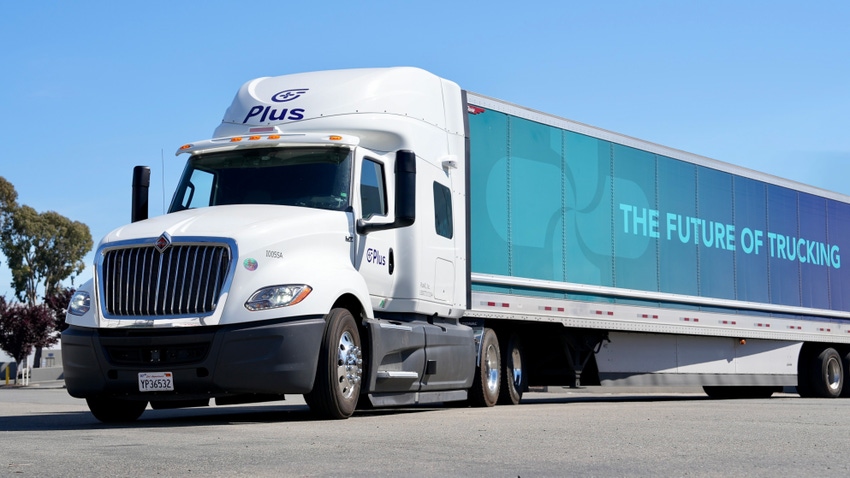General Motors (GM) remains unwavering in its support for the Cruise autonomous vehicle unit, as CEO Mary Barra reiterates her belief that the division has the potential to generate annual revenues of up to $50 billion by 2030.
Speaking at a recent conference in Detroit, Michigan, Barra emphasized the significant growth prospects within Cruise, despite the closure of Argo AI, a self-driving car startup jointly owned by Ford and Volkswagen.
Barra envisions GM leveraging Cruise not only to introduce personal self-driving cars to the market by the end of the decade but also to expand its operations globally. Markets such as Dubai and Japan present lucrative opportunities, as does venturing into goods delivery services.
Although Cruise currently operates at a loss of approximately $2 billion annually, GM has displayed confidence in the project’s future. The company recently expanded Cruise’s presence beyond San Francisco, encompassing cities in Arizona and Texas. Additionally, GM has filed a petition with the National Highway Traffic Safety Administration seeking approval to deploy 2,500 units of its fully-autonomous Origin test vehicle, which lacks traditional controls like a steering wheel and pedals.
During the conference, Barra also discussed electric vehicles (EVs). She acknowledged that the high costs associated with EV batteries continue to hinder the profitability of mass-market EV production. Barra expects cost parity between EVs and internal combustion engine (ICE) vehicles to be achieved in the “latter part of this decade…maybe a little longer.”
Addressing GM’s position in the Chinese market, the CEO admitted that the company had been slow to introduce EVs, resulting in a decline in its local market share. However, Barra revealed plans for Chevrolet and Cadillac to launch EV models within the next 18 months in an effort to regain lost ground.
Despite the challenges and financial losses, GM’s commitment to Cruise and its ambitions in the autonomous and EV sectors remain firm. The company aims to capitalize on the potential of these technologies and establish a strong presence in key global markets.


